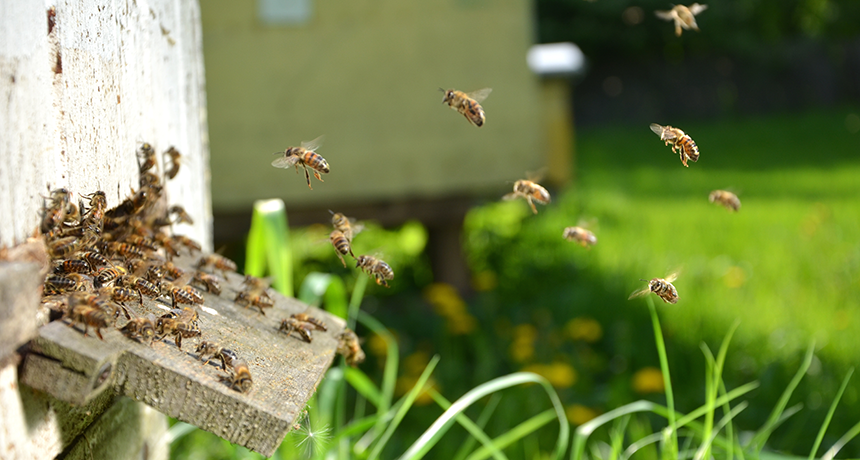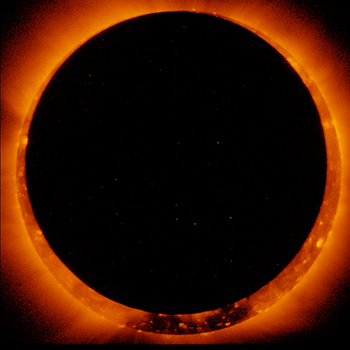What do animals do during a solar eclipse?
A citizen-science project gathers data to put science behind the tales

People have reported animals acting strangely during an eclipse. Birds fall silent and bees return to their hives, as if it were nightfall.
darios44/iStockphoto
If the sun winks out in the middle of the day, birds may fall silent and bees leave the fields. Tales have reported animals behaving strangely during a solar eclipse’s totality. That’s when the moon completely blocks out the sun. And it’s something that will happen today along a path spanning the entire United States.

There’s a lot of anecdotal evidence for how animals and even plants respond to a totality, says Elise Ricard. “But [there’s] not a lot of hard science,” she adds. Ricard is the spokesperson for an eclipse project called Life Responds. The California Academy of Sciences in San Francisco is running it. She notes that tales alone aren’t enough for scientists to conclude anything certain about how wildlife typically behave during a solar eclipse.
But such tales do go way back. Perhaps the earliest record comes from 1544. That’s when an unknown observer wrote that “birds ceased singing” during a total eclipse. Another observer in 1560 reported “birds fell to the ground.”
In the past century or so, however, scientists have tried to approach the question in a more systematic way. The Boston Society of Natural History in Massachusetts collected observations during a 1932 eclipse. (It crossed parts of Maine, New Hampshire and Vermont.) Study volunteers took part in what they believed was “the first comprehensive and scientifically conducted study of the behavior of animal life during a total eclipse.”
Crickets chirped, people reported. Frogs croaked. Gnats and mosquitoes swarmed. (“Our stockings attested to the bites, for they drew blood and never let up,” one volunteer noted.) Bees returned to hives. Chickens came home to roost.

Eclipse studies in the 1960’s and 1970’s reported small light-sensitive crustaceans (Krus-TAY-shuns) and zooplankton (ZO-plank-tun) swimming towards the surface. That is similar to what the tiny animals do at night. The sun’s brief absence during a 1991 eclipse prompted orb weaver spiders to take down their webs. And during an annular eclipse in 1984, captive chimpanzees scaled a climbing structure. Then they turned their faces to the blocked sun. (An annular eclipse is when the moon blocks all but a ring of bright light.)
As interesting as these tales are, they also are quite limited. That could change with the 2017 eclipse. Many people now have smartphones. This means that crowdsourced research can yield more and better-coordinated observations than ever before.
This year, the California Academy of Sciences in San Francisco solicited citizen scientists to collect data. Observers will use the academy’s iNaturalist app. A team there hopes to get more data from a larger area than during any previous eclipse.
“We’re looking for observations from anywhere in the continental United States,” Ricard says. They hope to get participants directly in the path of the totality. But even someone who sees only a partial eclipse may also take part. Indeed, Ricard wonders whether partial eclipses will have a similar effect on wildlife. “I’d be interested to know,” she says, “where the line is, what percentage of totality you see responses for.”







